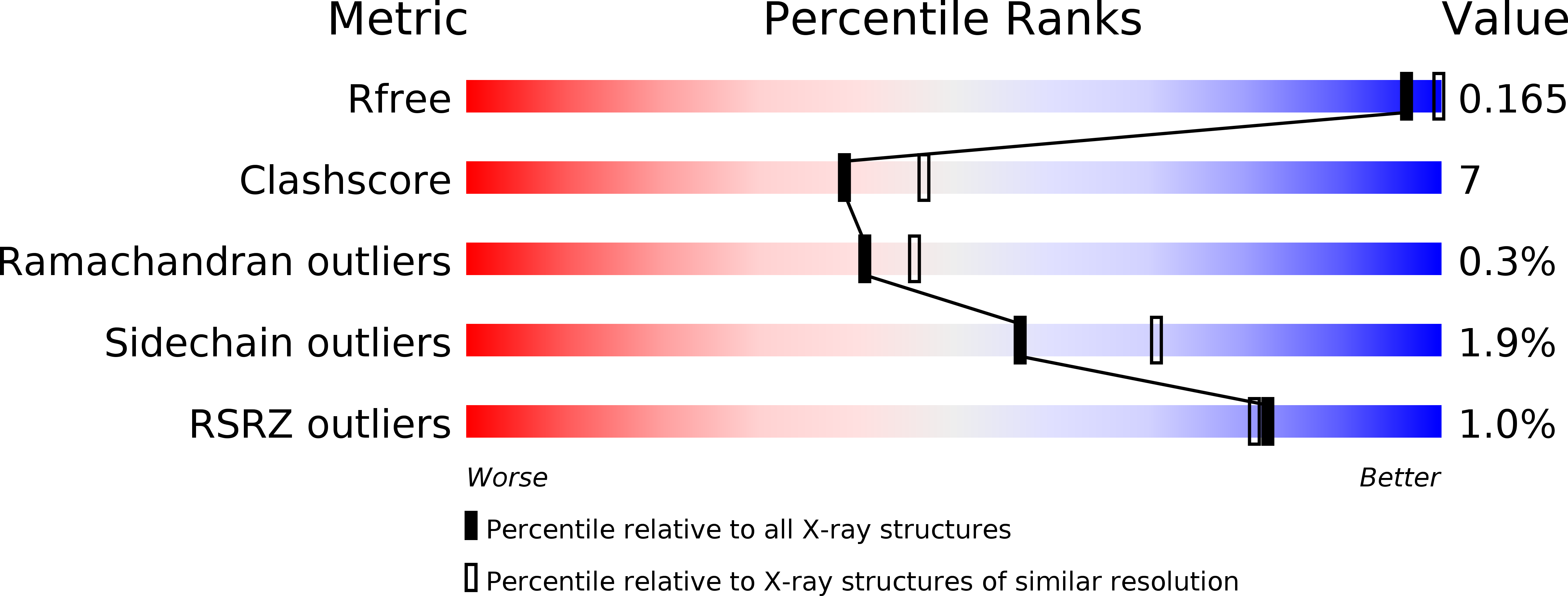
Deposition Date
2004-09-30
Release Date
2005-03-29
Last Version Date
2024-10-23
Entry Detail
PDB ID:
1WQL
Keywords:
Title:
Cumene dioxygenase (cumA1A2) from Pseudomonas fluorescens IP01
Biological Source:
Source Organism:
Pseudomonas fluorescens (Taxon ID: 294)
Host Organism:
Method Details:
Experimental Method:
Resolution:
2.20 Å
R-Value Free:
0.19
R-Value Work:
0.17
R-Value Observed:
0.17
Space Group:
P 21 3


